
Caldearenas

Pictures: 22.viii.2012


Pictures: 22.viii.2012
| Fábrica | Stones from Aquilué |

One of the companies who introduced many improvements to the rolling-mill was of Zürich (Switzerland). Already before the first World War Daverio would open branches in Marseille, Paris and Madrid.
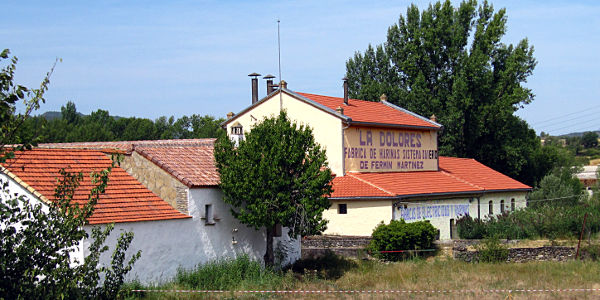
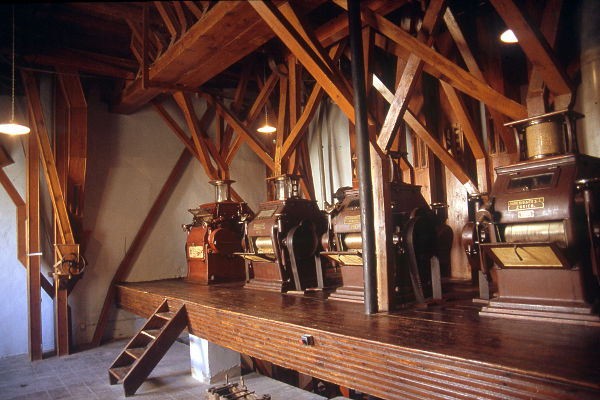
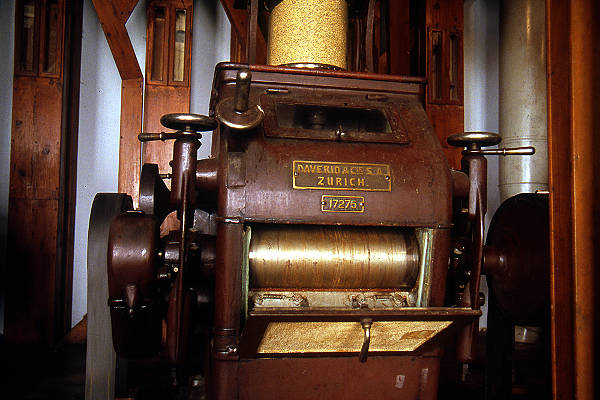
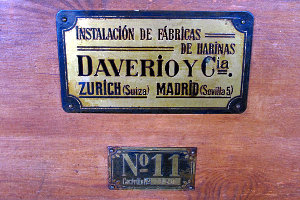
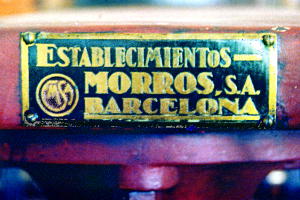
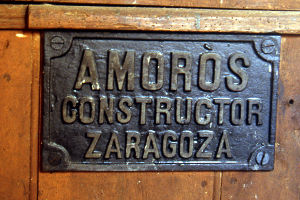
The mill ran for 250 days a year and there were usually two shifts of eight hours. Sometimes there was a night shift also. Each year the mill was down one month for repairs and maintenance.
Although the mill was equiped with the best machinery of its time, bigger and more modern installations
gradually took over and La Dolores
had to close its doors in 1968.
Its guardian Fermín Martínez Otín died in 1986.
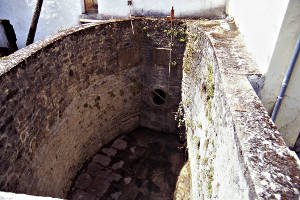
Electricity was only available during the off hours of the mill: i.e. from evening twilight to dawn. During the day all the water was needed to power the mill.

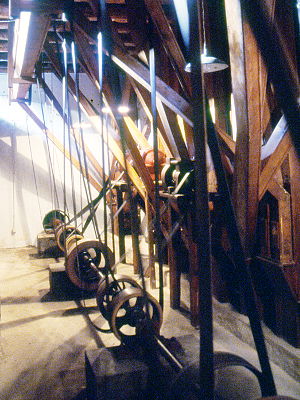
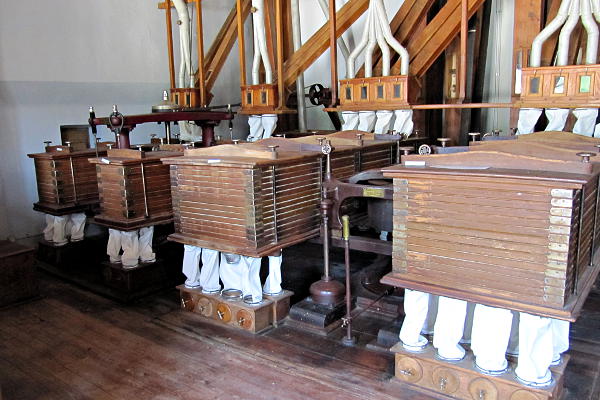
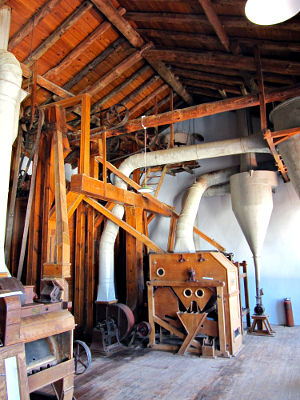
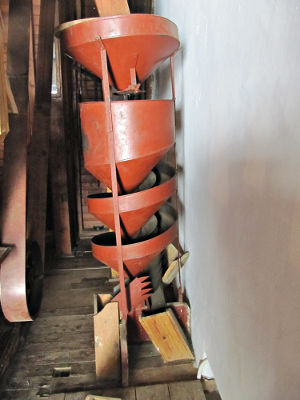
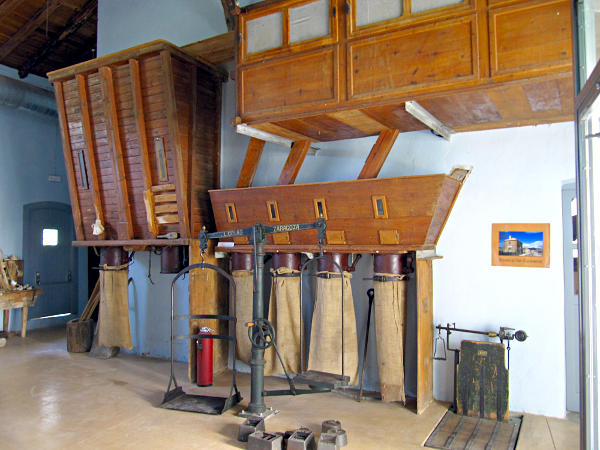
† Luis Germán Zubero — 2002 — Harinas de Aragón. Siglo y medio de especialización triguero-harinera en Aragón (1845-2000); HISTORIA AGRARIA. 26; pp. 69-104.
‡ Shollenberger J. H. — 1937 — Wheat Requirements in Europe (Especially Pertaining to Quality and Type and to Milling and Baking Practices. United States Department of Agriculture. Technical bulletins N°535
☨ Publius Virgilius Lawson — 1908 — The invention of the Roller Flour Mill. Proceedings of the State Historical Society of Wisconsin 55; pp. 242-258.
✶ Fábrica de harinas La Dolores —consulted iv.2017— SIPCA - Sistema de Información del Patrimonio Aragonés: www.sipca.es